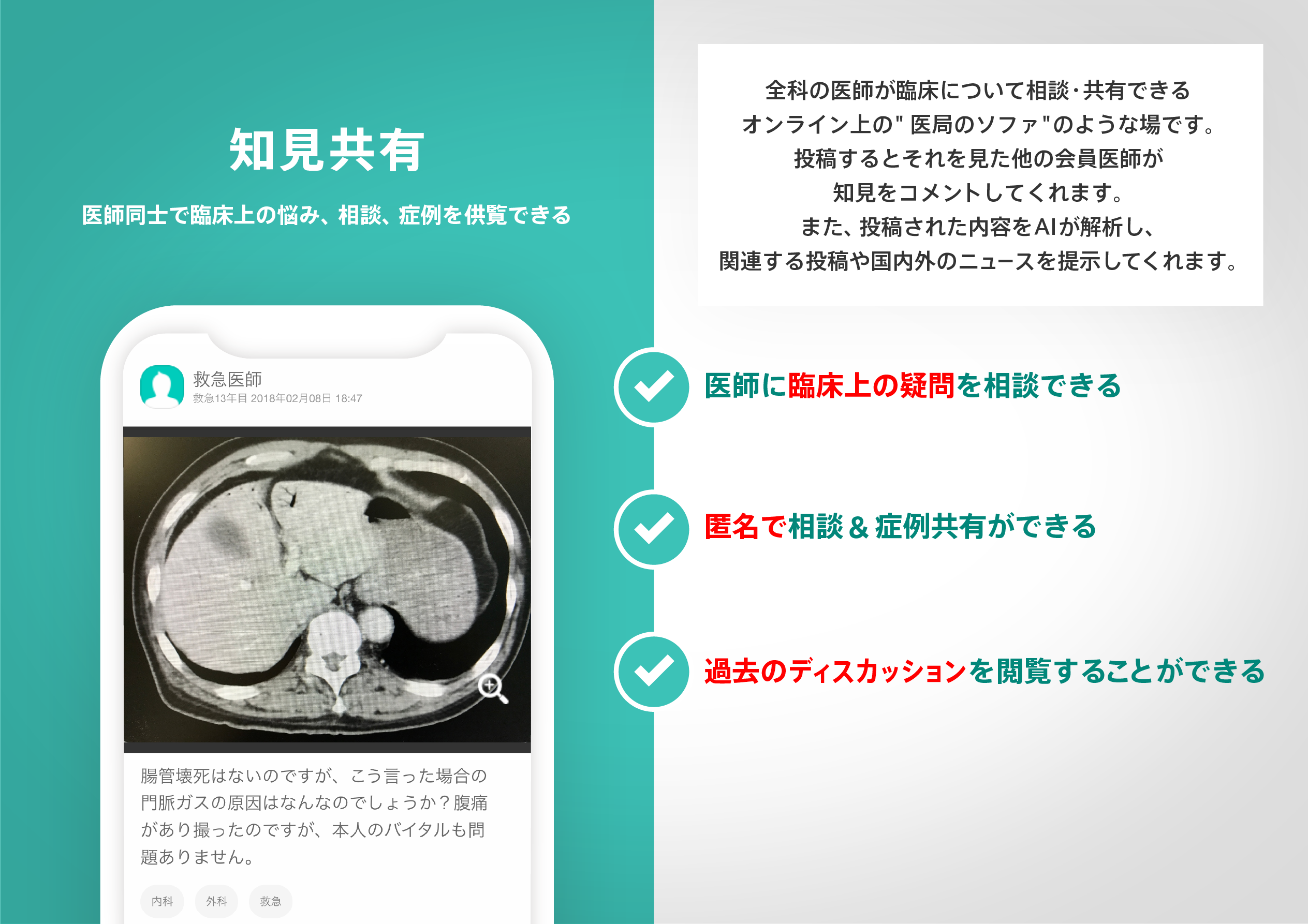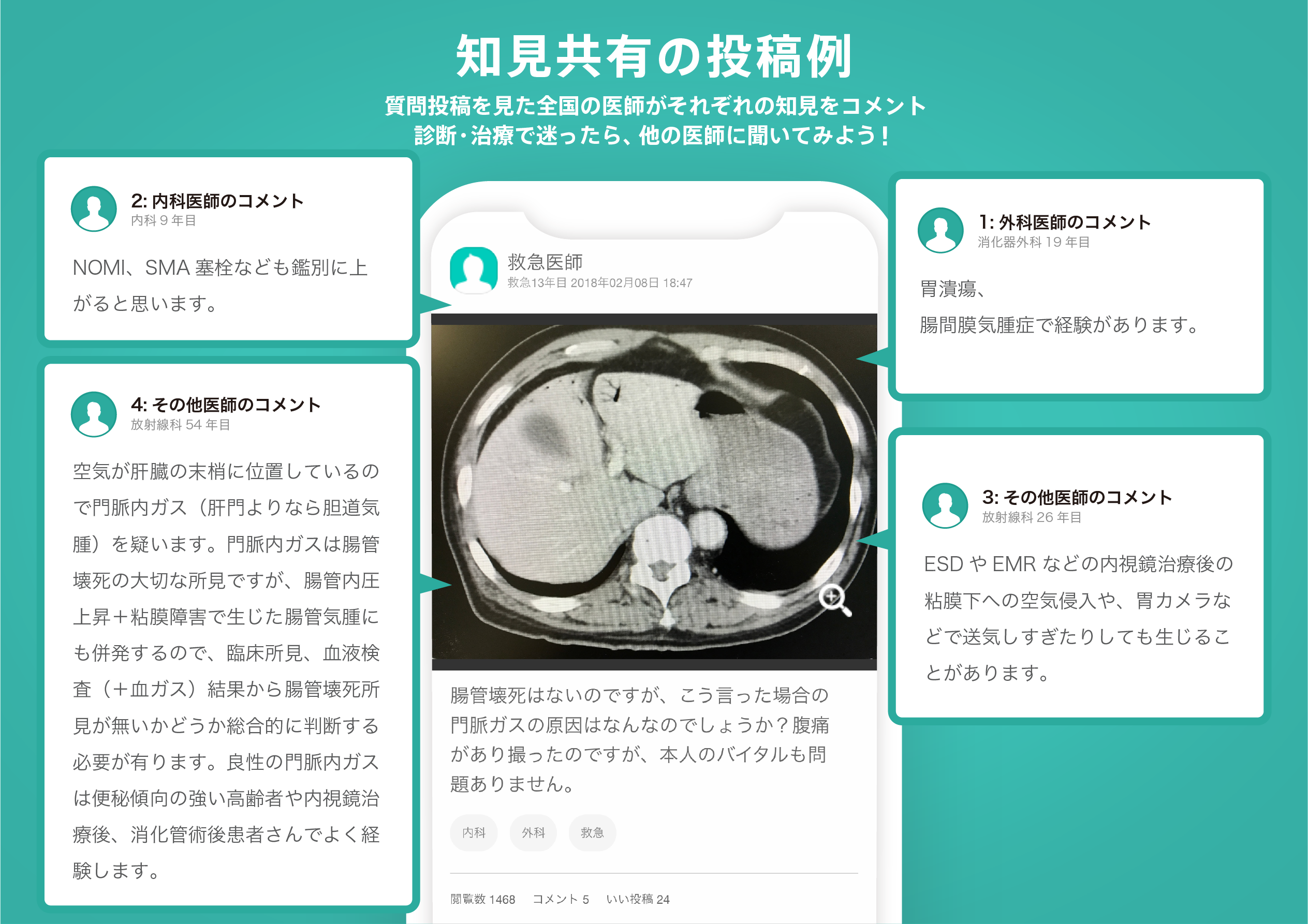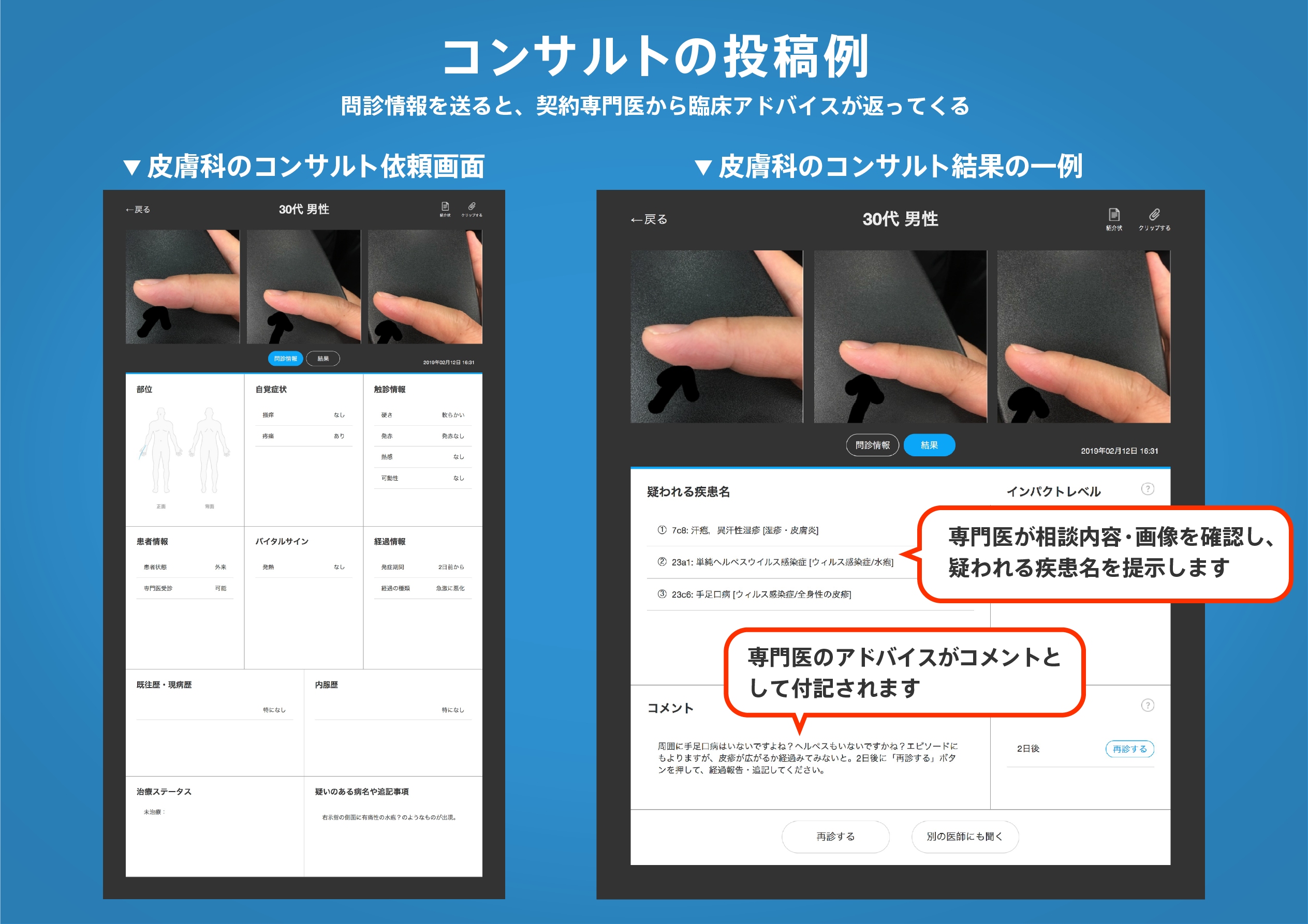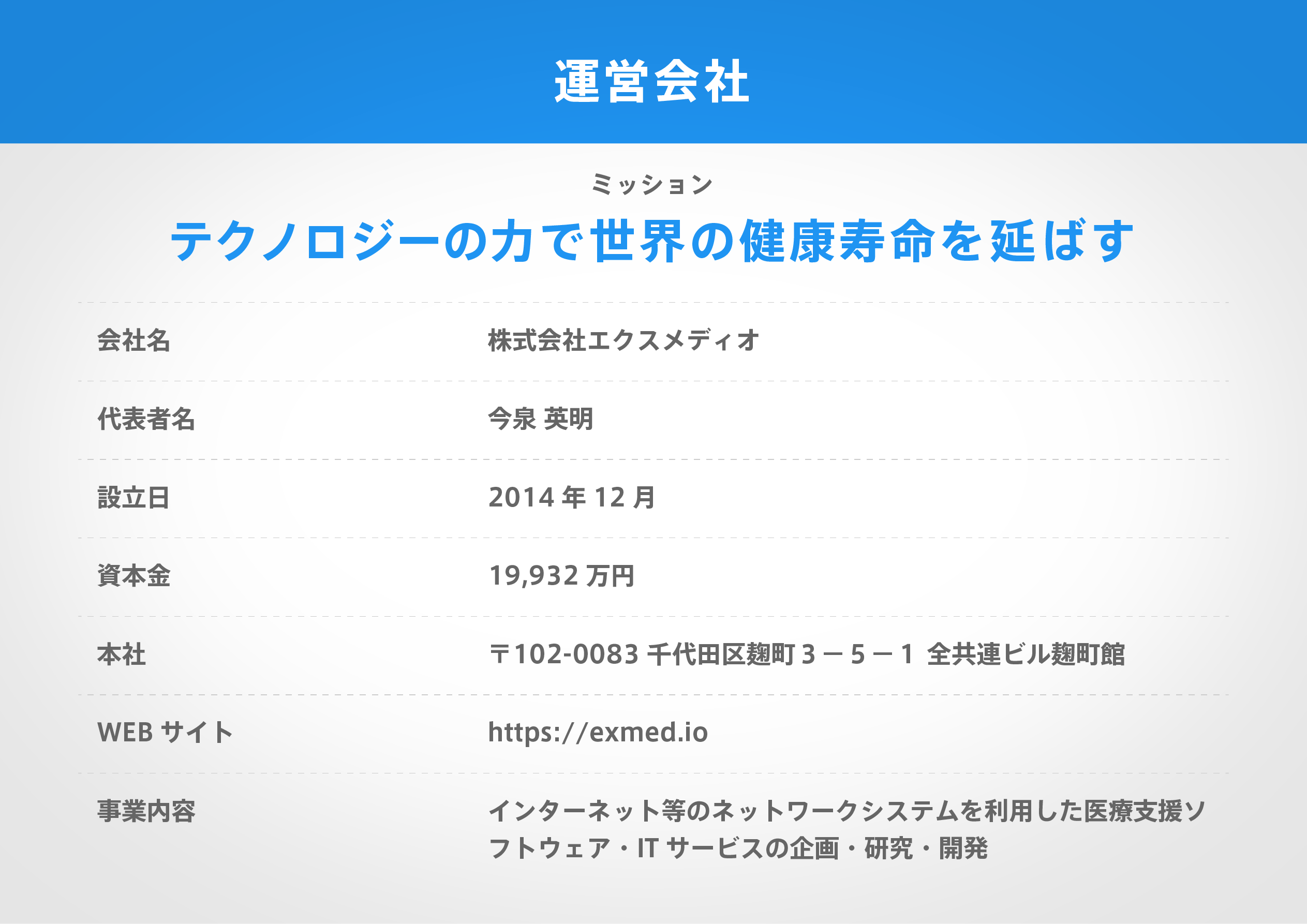著名医師による解説が無料で読めます
すると翻訳の精度が向上します
この作業では、エチレン酢酸酸塩コポリマーの潜在的なバイオマスベースの炎酸システムとして、麻のハム酸と市販のフミン酸の熱分解プロセスを通じて生成されたバイオ炭の組み合わせを徹底的に調査します。この目的のために、2つの異なる濃度(すなわち、20および40重量%)と10重量%のフミン酸%で麻由来のバイオ炭を含むエチレンビニル酢酸複合材料を調製しました。エチレン酢酸ビニルのバイオ炭負荷の増加の存在は、共重合体の熱および熱酸化安定性の増加を占めました。逆に、フミン酸の酸性特性は、バイオチャーの存在下でさえ、コポリマーマトリックスの分解を予想していました。さらに、強制係数テストで評価されるように、エチレン酢酸ビニルビニルにのみフミン酸の組み込みは、熱放出速度(PKHRR)と総熱放出(それぞれ、THR、16%と5%)の両方をわずかに減少させました。燃焼時間への影響。分散では、バイオチャーを含む複合材料の場合、PKHRRとTHRの値の大幅な減少が観察され、それぞれ-69および-29%に近づいて、この後者の場合は最高のフィラー負荷が存在する場合、この後者の場合、その後には、その後、燃焼時間(約50秒)。最後に、フミン酸の存在は、バイオ炭とは異なり、ヤング率を大幅に低下させました。バイオチャーは、剛性が57 MPa(未熟練のエチレンビニルアセテート)から155 MPa(フィラーの40重量%を含む複合材の場合)に著しく増加しました。
この作業では、エチレン酢酸酸塩コポリマーの潜在的なバイオマスベースの炎酸システムとして、麻のハム酸と市販のフミン酸の熱分解プロセスを通じて生成されたバイオ炭の組み合わせを徹底的に調査します。この目的のために、2つの異なる濃度(すなわち、20および40重量%)と10重量%のフミン酸%で麻由来のバイオ炭を含むエチレンビニル酢酸複合材料を調製しました。エチレン酢酸ビニルのバイオ炭負荷の増加の存在は、共重合体の熱および熱酸化安定性の増加を占めました。逆に、フミン酸の酸性特性は、バイオチャーの存在下でさえ、コポリマーマトリックスの分解を予想していました。さらに、強制係数テストで評価されるように、エチレン酢酸ビニルビニルにのみフミン酸の組み込みは、熱放出速度(PKHRR)と総熱放出(それぞれ、THR、16%と5%)の両方をわずかに減少させました。燃焼時間への影響。分散では、バイオチャーを含む複合材料の場合、PKHRRとTHRの値の大幅な減少が観察され、それぞれ-69および-29%に近づいて、この後者の場合は最高のフィラー負荷が存在する場合、この後者の場合、その後には、その後、燃焼時間(約50秒)。最後に、フミン酸の存在は、バイオ炭とは異なり、ヤング率を大幅に低下させました。バイオチャーは、剛性が57 MPa(未熟練のエチレンビニルアセテート)から155 MPa(フィラーの40重量%を含む複合材の場合)に著しく増加しました。
In this work, the combination of biochar produced through a pyrolytic process of hemp hurd with commercial humic acid as a potential biomass-based flame-retardant system for ethylene vinyl acetate copolymer is thoroughly investigated. To this aim, ethylene vinyl acetate composites containing hemp-derived biochar at two different concentrations (i.e., 20 and 40 wt.%) and 10 wt.% of humic acid were prepared. The presence of increasing biochar loadings in ethylene vinyl acetate accounted for an increasing thermal and thermo-oxidative stability of the copolymer; conversely, the acidic character of humic acid anticipated the degradation of the copolymer matrix, even in the presence of the biochar. Further, as assessed by forced-combustion tests, the incorporation of humic acid only in ethylene vinyl acetate slightly decreased both peaks of heat release rate (pkHRR) and total heat release (THR, by 16% and 5%, respectively), with no effect on the burning time. At variance, for the composites containing biochar, a strong decrease in pkHRR and THR values was observed, approaching -69 and -29%, respectively, in the presence of the highest filler loading, notwithstanding, for this latter, a significant increase in the burning time (by about 50 s). Finally, the presence of humic acid significantly lowered the Young's modulus, unlike biochar, for which the stiffness remarkably increased from 57 MPa (unfilled ethylene vinyl acetate) to 155 Mpa (for the composite containing 40 wt.% of the filler).
医師のための臨床サポートサービス
ヒポクラ x マイナビのご紹介
無料会員登録していただくと、さらに便利で効率的な検索が可能になります。






